Intro
Learn about contusions, a type of bruise caused by blood vessel damage, characterized by swelling, pain, and discoloration, and discover treatment options for this common injury, including rest, ice, and compression.
A contusion, also known as a bruise, is a type of injury that occurs when blood vessels are damaged, causing blood to leak into the surrounding tissue. This can happen as a result of a blow to the skin, a fall, or any other type of trauma. Contusions can range in severity from mild to severe and can affect various parts of the body, including the skin, muscles, and organs.
Contusions are a common type of injury that can occur in daily life, and they can be caused by a variety of factors, including accidents, sports injuries, and falls. In some cases, contusions can be a sign of a more serious underlying condition, such as a blood clotting disorder or a vascular disease. It is essential to seek medical attention if you experience any symptoms of a contusion, such as pain, swelling, or discoloration of the skin.
The importance of understanding contusions cannot be overstated, as they can have a significant impact on a person's quality of life. Contusions can cause pain, swelling, and limited mobility, making it difficult to perform daily activities. In severe cases, contusions can lead to complications, such as infection, nerve damage, or chronic pain. By understanding the causes, symptoms, and treatment options for contusions, individuals can take steps to prevent and manage these injuries, reducing the risk of long-term damage and promoting overall health and well-being.
What Causes A Contusion
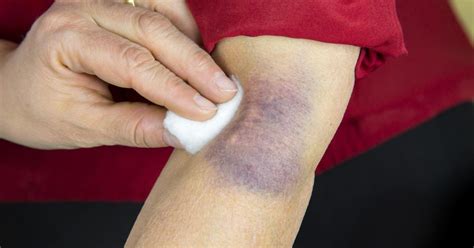
Types Of Contusions
Contusions can be classified into different types based on their severity and location. Some common types of contusions include: * Subcutaneous contusions, which occur just beneath the skin * Intramuscular contusions, which occur within the muscle tissue * Periosteal contusions, which occur on the surface of the bone * Subperiosteal contusions, which occur beneath the surface of the boneSymptoms Of A Contusion
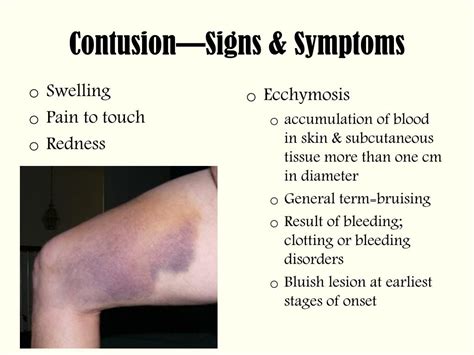
Diagnosis Of A Contusion
A contusion can be diagnosed through a physical examination and a review of the individual's medical history. In some cases, imaging tests, such as X-rays or MRI scans, may be ordered to rule out other conditions, such as a fracture or a tumor.Treatment Options For A Contusion
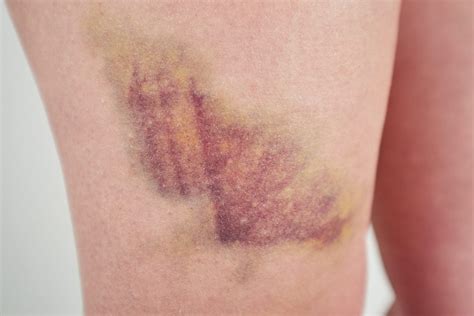
Complications Of A Contusion
In some cases, a contusion can lead to complications, such as: * Infection, which can occur if the skin is broken or if bacteria enter the wound * Nerve damage, which can occur if the contusion is severe or if it affects a nerve * Chronic pain, which can occur if the contusion is severe or if it affects a joint or muscle * Scarring, which can occur if the contusion is severe or if it affects the skinPrevention Of A Contusion
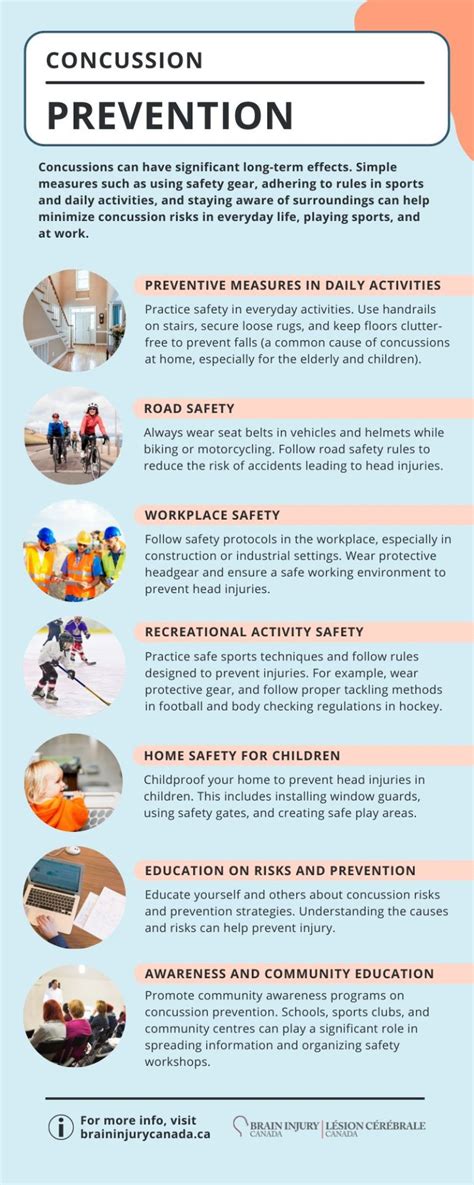
Risk Factors For A Contusion
Some individuals may be at a higher risk of developing a contusion, including: * Older adults, who may be more prone to falls or other injuries * Young children, who may be more prone to accidents or injuries * Athletes, who may be more prone to sports-related injuries * Individuals with certain medical conditions, such as blood clotting disorders or vascular diseasesLong-Term Effects Of A Contusion
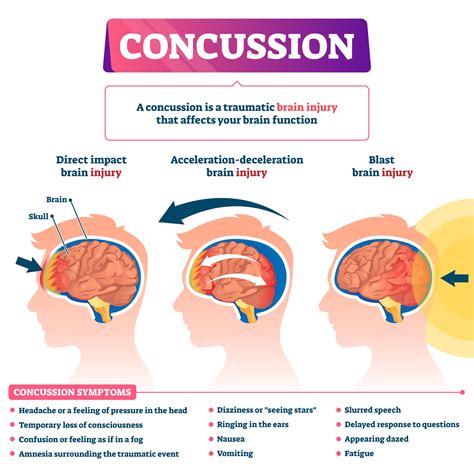
Coping With A Contusion
Coping with a contusion can be challenging, but there are several steps that can be taken to manage the condition and promote recovery. Some possible coping strategies include: * Seeking support from family and friends * Getting regular exercise to improve mobility and strength * Eating a healthy diet to promote overall health and well-being * Getting enough rest and avoiding strenuous activities * Practicing stress-reducing techniques, such as meditation or deep breathingWhat is the difference between a contusion and a bruise?
+A contusion and a bruise are often used interchangeably, but a contusion refers to the actual injury, while a bruise refers to the discoloration of the skin that occurs as a result of the injury.
How long does it take for a contusion to heal?
+The healing time for a contusion can vary depending on the severity and location of the injury, but most contusions heal within a few weeks.
Can a contusion be prevented?
+Yes, there are several steps that can be taken to prevent a contusion, including wearing protective gear, avoiding falls, and getting regular exercise.
In conclusion, a contusion is a common type of injury that can occur as a result of a variety of factors, including accidents, sports injuries, and falls. Understanding the causes, symptoms, and treatment options for contusions is essential for promoting recovery and preventing long-term damage. By taking steps to prevent contusions and seeking medical attention if symptoms occur, individuals can reduce the risk of complications and promote overall health and well-being. We invite you to share your thoughts and experiences with contusions in the comments section below, and to share this article with anyone who may be interested in learning more about this topic.
